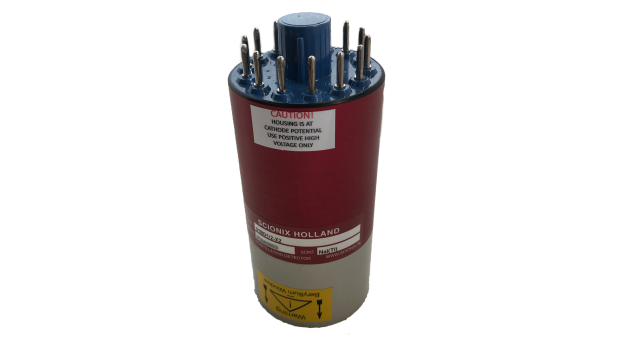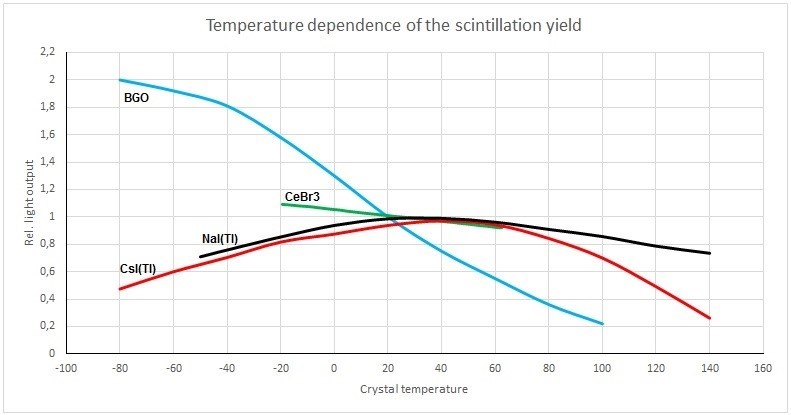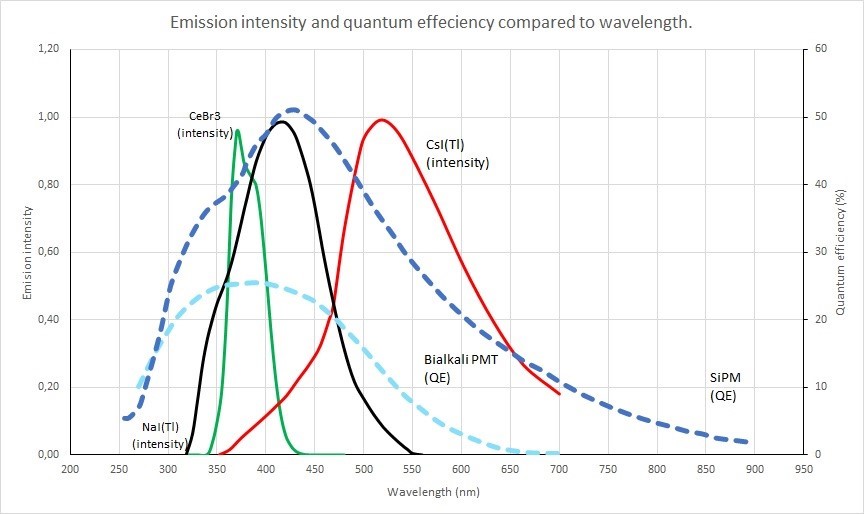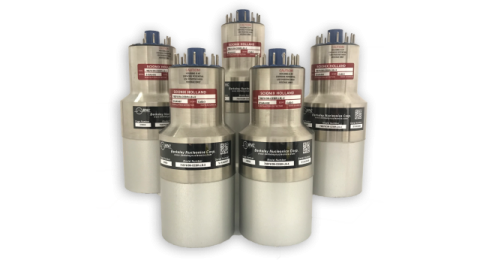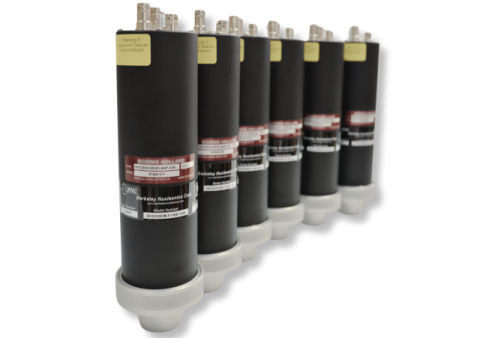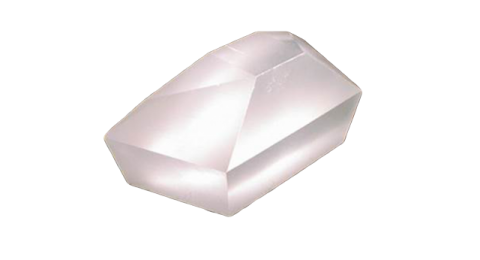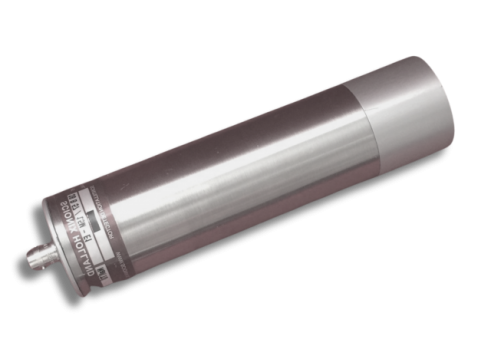
High-quality Sodium Iodide crystal scintillators are available with a large variety of form factors and sizes. These detectors offer the best performance and resolution for your nuclear spectroscopy applications. Custom crystal & detector assemblies.
The longtime work horse for BNC’s SAM III generation and SAM 940, sodium iodide (NaI) crystals are the most widely used scintillation material for gamma-ray spectroscopy. Their high light output and the excellent match to the sensitivity of photomultiplier tubes, provide good, economical energy resolution. The energy resolution at 662 keV is about 6% at fullwidth, half-maximum amplitude (FWHM).
Size does matter. NaI crystals can be grown to large dimension and at relatively low cost. When increasing the diameter of the scintillator, the solid angle under which the detector "sees" the source also increases. This increases the detection efficiency.
Gamma spectroscopy is all about good statistics. Fast response with high sensitivity tells the operator that this is the right time and place to make a measurement. A 2x2 inch sodium iodide (NaI) detector will allow the user to identify the presence of Cs137 at < 1 urem/hr/sec. The 3x3 inch NaI detector can identify Cs137 at 500 nrem/hr/sec.
This is why BNC’s SAM III generation and SAM 940 are designed to easily hold large detectors and operate them with one hand.
Featured Videos
Properties of Sodium Iodide Scintillators
| Density (g/cm3) | 3.67 |
| Melting point (K) | 924 |
| Thermal expansion coefficient (C-1) | 47.7 x 10-6 |
| Cleavage plane | <100> |
| Hardness (Mho) | 2 |
| Hygroscopic | Yes |
| Wavelength of emission max. (nm) | 415 |
| Refractive index @ emission max | 1.85 |
| Primary decay time (ns) | 250 |
| Light yield (photons/keV) | 38 |
| Temperature coefficient of light yield | 0.3%C-1 |
Downloadable resources such as datasheets, firmware, software, drivers and products manuals. Alternatively, you can browse resources directly by visiting our downloads page.
• Product Datasheets
• Product Firmware
• Product Software and Drivers
• Product Manuals


